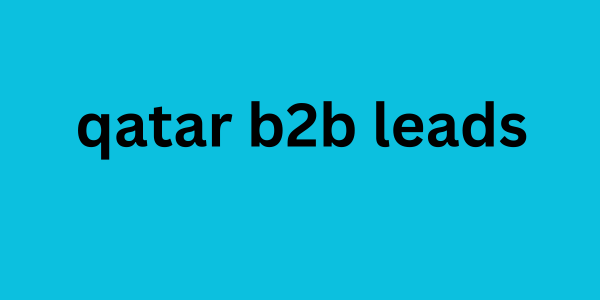obliterating your big-money competitors, I have good news. It all comes down to arming yourself with the right tricks, tools, and strategies — 21 to be exact — and then unleashing the Google Ads bidding beast. We’ve even created our own hybrid bidding strategies that have helped boost performance , as shown below:
Google Ads Bidding Strategies
AverageCPC-31% | Cost/conversion -33% | Conversion volume +54%
Google Ads Bidding Strategies
Average CPC -29% | Cost/conversion -26% | Conversion volume +33%
Google Ads Bidding Strategies
Average CPC -34% | Cost/Conversion remained the same | Conversion volume +19%
By the end of this article , you will have the tools to get the same level of results from your own campaigns .
Contents hide
1 How does bidding work in Google Ads?
2 Three Components of Google Ads Auction Ranking
3 Best Practices for Participating in Google Ads Bidding
4 Manual and Intelligent Trading and Automated Trading Strategies
4.1 What is manual trading?
4.2 What is automated trading?
4.3 What is Smart Bidding?
5 12 Google Ads Bidding Strategy Options: Everything You Need to Know
5.1 Target CPA
5.2 Target ROAS
5.3 Maximizing Clicks
5.4 Maximize Conversions
5.5 Maximize your conversion cost
5.6 Target Impression Share
5.7 Manual Cost Per Click (CPC)
5.8 Enhanced Cost Per Click (ECPC)
5.9 Viewable CPM (cost per 1,000 impressions)
5.10 Maximum CPV (cost per view)
5.11 Target CPM (cost per 1,000 impressions)
5.12 Portfolio Betting Strategies
6 9 Tips and Tactics for Bid on Google Ads
6.1 Adjustment of rates
6.2 Rules for placing bets
6.3 Trading scripts
6.4 Bidding for sales, not conversions
6.5 Seasonal trends
6.6 Different keywords, different offers, different margins
6.7 Raising Rates
6.8 RLSA Competitive Bidding
6.9 Bidding on branded keywords
7 What's next
7.1 Related publications:
How does bidding work in Google Ads?
Google gives you a variety of ways to bid on your ads, depending on your end goal . Most advertisers target clicks , impressions , conversions, or views (for video ads ). Every time Google makes ad space available on a site in the search network or search results , it runs an auction . The auction decides which ads will be shown in that spot at that time. Your bid puts you in the auction. It sounds simple enough, but there are a lot of nuances involved. Understanding these nuances is the best way to be a better bidder. Depending on your business goals, there are several ways to bid in an auction. Below, we’ll break down these options so you can choose which bidding strategy best suits your business goals.
Three Components of Google Ads Auction Ranking
Every Google Ads auction takes into account three main elements when deciding how your ad should rank :
Your maximum CPC for a keyword
your quality score for this keyword
Your ad extensions and their relevance to your ad and keyword .
As I mentioned earlier, the Google Ads auction happens very quickly (and very often). So it’s important to know what you can use to your advantage. In this article, we’ll cover the reasons why you should care about your Google Ads account granularity and how it will give you an even bigger boost to your Google Ads bidding strategies. With that in mind, it’s time to dive into the details of Google Ads bidding.
Best Practices for Participating in Google Ads Bidding
The Google Ads auction bidding model (and all the others) originally got its name from the Latin word “augeō,” which means “to increase.” But “to increase” means paying more. We don’t want that. We want to make more money and pay less. When you set goals for your PPC campaign , especially in the context of bidding and average cost per conversion , you need to consider the balance between conversion volume and cost per conversion. For example, you can keep lowering your bids , but that will eventually lead to lower conversion volume . You can keep raising your bids, which may increase conversions. But that will also eventually lead to higher cost per conversion, and your budget will be spent faster. To avoid these two scenarios, here are the bidding strategy best practices to follow:
]

Make sure your conversion tracking system is tested and correct.
Make sure your attribution model is validated and aligned with your goals.
A/B test your bidding strategies using Google's Drafts and Experiments feature.
Consider your goals and choose a bidding strategy that best suits them. Example : If you want to increase brand awareness , focus on impressions rather than clicks.
Evaluate the effectiveness of your ads and don't be afraid to make adjustments based on the data you receive.
Be patient and wait until you have enough data to make a good bid adjustment decision - run everything until you
